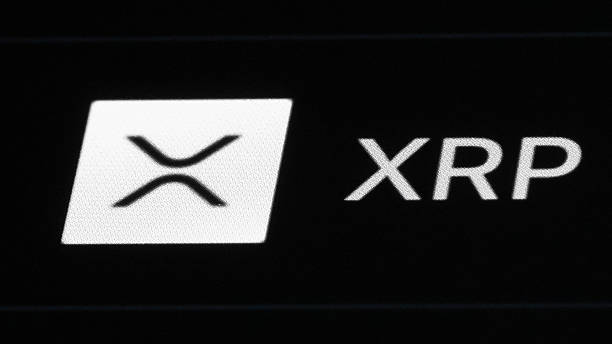The realm of digital currencies is ever-evolving, and XRP is a prime example of how cryptocurrencies are breaking traditional barriers. As digital assets gain traction alongside conventional financial instruments, XRP’s recent advancements showcase its growing influence beyond the crypto niche. This transition signifies a monumental shift in the financial world, positioning XRP not only as a digital currency but as a formidable contender within the global financial ecosystem. Below, we’ll delve into the impressive achievements of XRP, its significant place on the global stage, and potential future advancements that could further elevate its status.
XRP: Elevating Its Status in Global Financial Rankings
XRP’s Trajectory into the Top Global Financial Assets
Cryptocurrencies have increasingly become integral to the global financial landscape, and XRP stands as a testament to this evolution. With Bitcoin and Ethereum already recognized among the largest global assets, XRP is now following suit. The altcoin’s recent rise to the top 100 largest global assets underscores its growing prominence outside of the cryptocurrency world, aligning it with other major enterprises and financial entities worldwide.
This upward movement is indicative of XRP’s increasing institutional adoption and its role in diversifying investment portfolios. The anticipation surrounding potential XRP-based Exchange-Traded Funds (ETFs) further amplifies its potential growth. As reported by Companiesmarketcap, XRP’s current standing at the 94th position reflects its strong market capitalization, having recently surpassed noted e-commerce giant Shopify.
Pivotal Developments that Could Propel XRP Higher
In the near future, XRP could see even more significant progressions within global financial rankings. A couple of noteworthy developments on the horizon could potentially catapult XRP’s market value even higher, firmly establishing it as a significant global asset.
An influencer in the cryptocurrency space, XLM & XRP Insider, highlights two pivotal upcoming events poised to redefine XRP’s trajectory. The first is the possibility of an XRP Spot Exchange-Traded Fund (ETF) gaining approval. The U.S. Securities and Exchange Commission (SEC) has extended its decision on this matter to October. Approval would provide greater liquidity for XRP, potentially attracting more institutional investors.
The second major development is Ripple’s application for a banking license. This includes both a Federal Reserve master account and a national banking charter. Should Ripple succeed, it would mark a historic entry into the formal American financial system for a crypto company. “Obtaining a banking license and ETF approval simultaneously would solidify XRP’s role as a cornerstone in the global financial system,” says a market expert. As October approaches, there’s burgeoning optimism for XRP’s expanded role in both traditional and digital financial markets.
Does XRP Hold Long-Term Investment Potential?
XRP’s potential as a long-term investment largely hinges on its technological advancements, partnerships, and regulatory developments. Investors should consider these factors, along with broader market trends, when evaluating XRP’s future prospects.
How Does XRP Differ from Bitcoin and Ethereum?
XRP differs from Bitcoin and Ethereum in its design and intended use. While Bitcoin serves primarily as a digital currency and Ethereum as a platform for decentralized applications, XRP focuses on facilitating fast and cost-effective cross-border payments, potentially making it more appealing for financial institutions.
What Impact Could an XRP ETF Have on Its Market Performance?
An ETF based on XRP would likely increase its exposure to institutional investors, leading to improved liquidity and potentially driving up demand and price. This could enhance XRP’s market performance and solidify its position within the financial sector.
By following a structured editorial process, this article was crafted to deliver precise, unbiased, and thoroughly researched information. Our dedication to high sourcing standards and expert evaluation ensures that our readers receive content that is both relevant and reliable.

